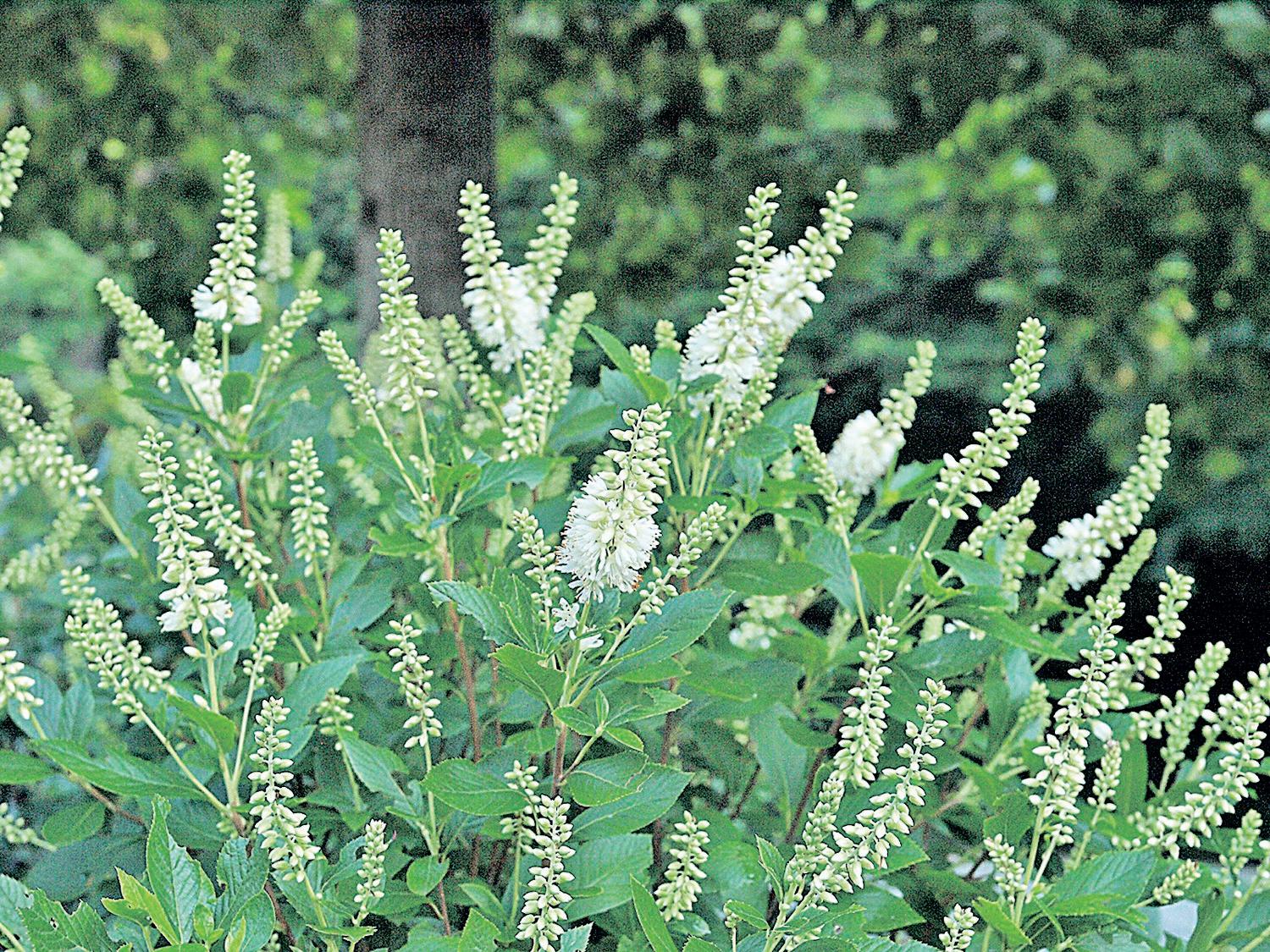
4 minute read
Energy bills are high and not coming down soon. Here are ways to cut costs
By Andrew Maykuth
If you haven’t examined your monthly utility bill lately, brace for a shock when the cost of air-conditioning comes due in the next few weeks. If the AC bill doesn’t raise your pulse, your heating tab next January might, assuming that global energy markets remain unsettled.
Advertisement
According to the most recent Consumer Price Index data, energy prices rose 41.6% in the last year, the largest 12-month increase since April 1980. Energy led all other categories: The price of fuel oils is up 70%; piped gas is up 38%; and electricity is up 14%.

What can the average consumer do to rein in the costs?
You can adjust the thermostat up in the summer (or dial it down in the winter). Draw the shades on hot days. Buy a box fan to keep the air moving. Put on a sweater in the winter. Convert to low-wattage LED lighting.
The U.S. Department of Energy’s Office of Energy Efficiency and Renewable Energy provides a step-bystep guide, including many suggestions for changes in behavior that require no commitment of money.
Or you can make some serious moves to improve your home’s energy efficiency. The cost of the upgrades could return dividends more quickly now that energy prices are higher.
Don’t wait for the weather to change
Energy experts say consumers were just beginning to catch on to the idea of upgrading their homes when big heating bills started to land last winter.
“But then the weather turns nice, and we forget about energy efficiency until later,” said George Mullikin, the program manager for CleaResult, which conducts energy audits for Peco Energy customers. “So there’s definitely a seasonal aspect that drives it.”
Get an energy audit
Before you launch an energy-efficiency project, get a professional energy assessment of your house. Most utilities will offer discounted assessments from a certified auditor.
A walk-through energy assessment will set forth a plan of attack: It will recommend areas that need insulation, such as in the attic or crawl space, weather stripping and sealing opportunities, and lighting, appliances or heating and ventilation systems that are in need of repair or replacement. tify the work as cost-effective, say the best way to reduce energy costs is to reduce the leakage of air from inside a home by adding insulation and by filling cracks — otherwise known as sealing a home’s thermal envelope. [Editor’s note: Having your home properly air sealed is critical to your energy conservation efforts and greatly impacts your utility bills. Some say that it’s more important than insulation.]
Insulation and weather stripping are super boring khaki-pants kind of stuff that don’t give you many bragging rights in the neighborhood, such as a new electric vehicle might. But there is a quiet satisfaction in knowing your crawl space is airtight with new foam insulation.
Buy high-efficiency systems
If your current air-conditioning or heating system is old and inefficient, it may also be worth the expense of replacing the system with newer high-efficiency models.
Help paying repair bills
Most utilities offer rebates to support the cost of new energy-efficient appliances or heating systems. The money is often paid by ratepayers, as part of government energy conservation mandates.
Low-income customers have an additional menu of options available through organizations such as the Energy Coordinating Agency. The U.S. Department of Energy Weatherization Assistance Program, which is for low-income families.
The U.S. Department of Energy also recently announced more than $40 million in federal funding to help deliver home energy retrofits to low-income and underserved households.
What about the windows?
Often the first thing that consumers ask about is a window replacement. Everybody has heard the radio ads, promising big energy savings with new windows.
[Editor’s note: From the Department of Energy — If your windows are in good condition, taking steps to improve their efficiency may be the most cost-effective option to increase the comfort of your home and save money on energy costs.
There are several things you can do to improve the efficiency of your existing windows: • Check existing windows for air leaks • Caulk and weatherstrip. Check out our do-it-yourself project to learn how to weatherstrip double-hung windows. • Add energy efficient window coverings. Learn more about your window covering options. • Add storm windows or panels • Add solar control film • Add exterior shading, such as awnings, exterior blinds, or overhangs.
With any efficiency improvements, take steps to ensure proper installation and check for air leaks again after making the improvement.”]
For more information
The U.S. Department of Energy’s Office of Energy Efficiency and Renewable Energy provides a step-bystep guide on energy programs.
A good starting point is to reach out to your energy utility, which will provide an array of products and services for free or at a discount. Most of them will help arrange an energy assessment or audit, which will give a homeowner a cost-effective roadmap for reducing energy.






